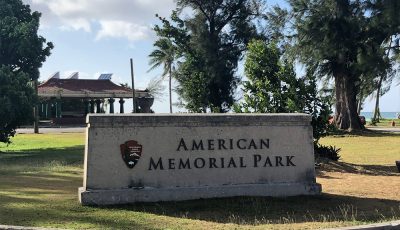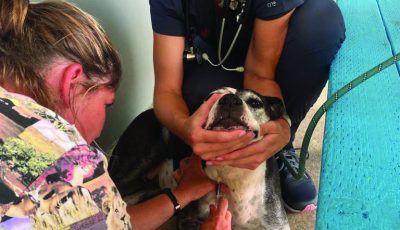Ongoing study looks at mercury contamination in lagoon’s fish
An ongoing study looks within the Saipan lagoon at the legacy of chronic environmental mercury contamination from World War II and its impact on fisheries there.
Dr. Gary Denton leads the project from the Water and Environmental Research Institute of the Western Pacific University of Guam.
Titled “The Impact of Stormwater Discharges and WWII on the Mercury Status of Fish from the Southern Section of Saipan Lagoon,” it is one of WERI’s approved projects for 2014, according to their website.
In an email yesterday, Denton confirmed that WERI is examining this year the mercury levels in fish from that part of the lagoon.
The project focuses on two fish types: the snapper and soldier fish.
The survey will be conducted in the upper section of southern half of lagoon, according to WERI. Its southern endpoint will be at Agingan Point.
According to WERI, one primary objective of the study is to identify the impact of mercury enriched stormwater discharges in the area on the two fish species.
Another objective is to evaluate potential health risks of the unrestricted consumption of fish taken from the area.
In 2007, Environet found “frequent and occasionally high mercury detections” in the stormwater discharged into the area.
Mercury is rarely encountered in urban runoff, according to a U.S. Environmental Protection Agency study in 1983.
Around the same time the Environet research was done, WERI researchers led by Denton found “unusual mercury patterns” in sediments in the southern half of the lagoon.
These patterns suggested that inputs from land-based sources were “superimposed” upon mercury contamination “emanating from within the lagoon itself,” according to WERI.
WERI postulated that pockets of mercury contamination from exploding WWII ordnance and lost ammunition had been created along the coastal belt and in the lagoon.
In 2010, WERI found a “marked and irrefutable southerly increase” in mercury concentrations in both snapper and soldierfish along the same coastline that Environet studied.



























